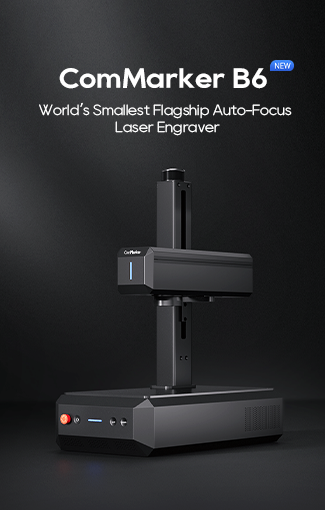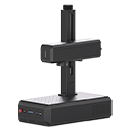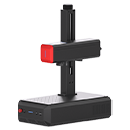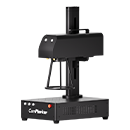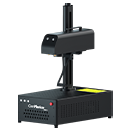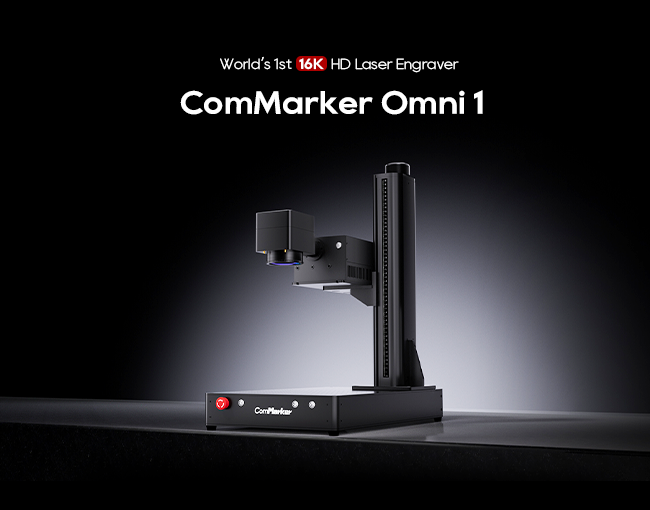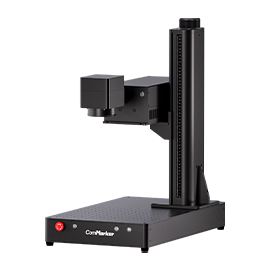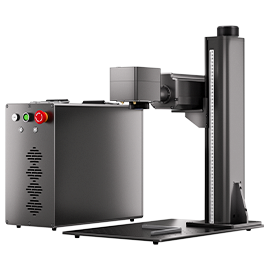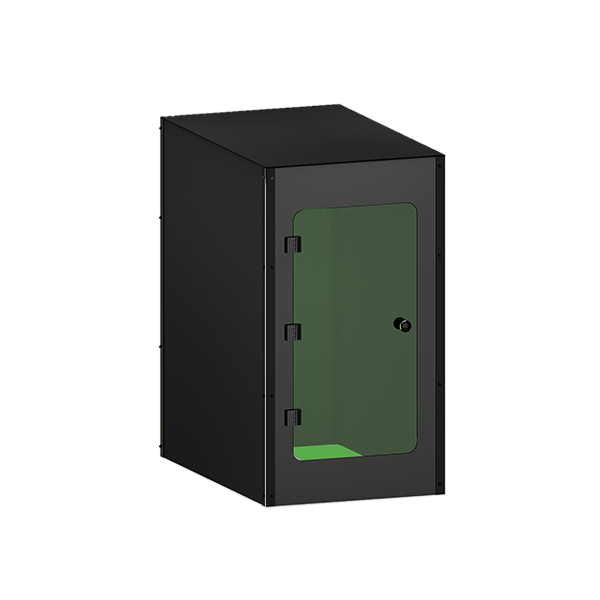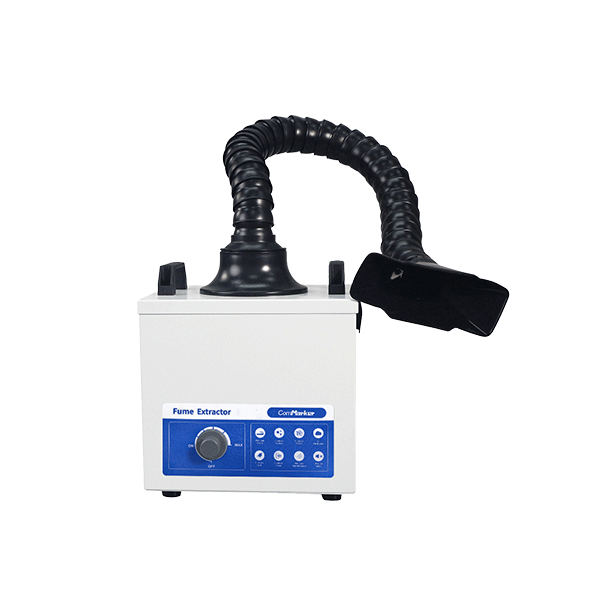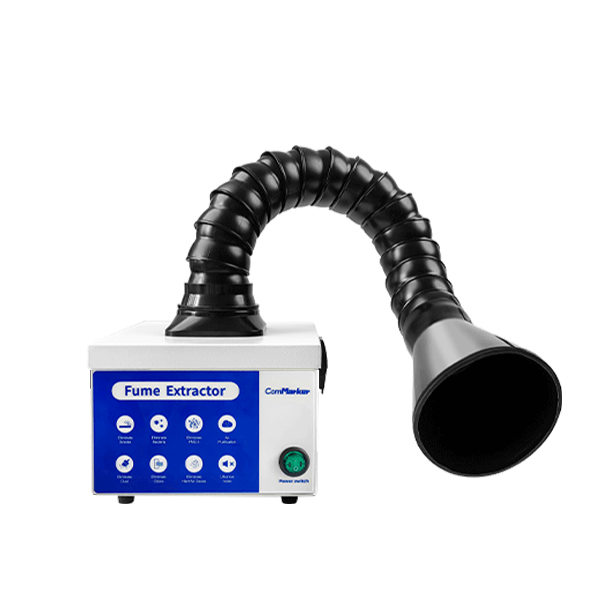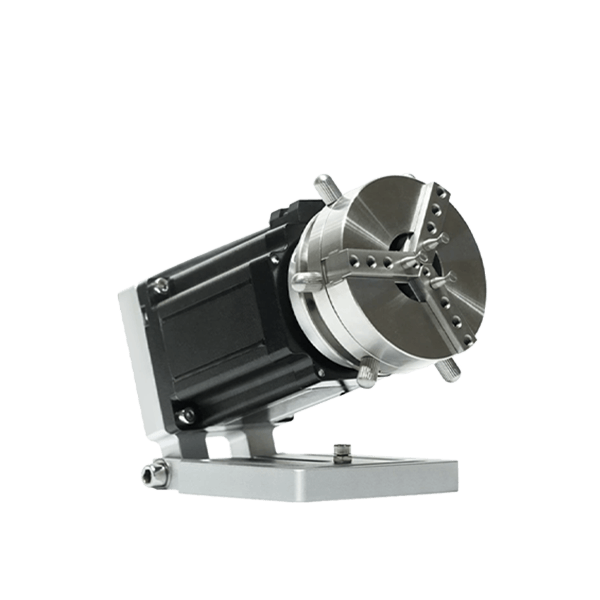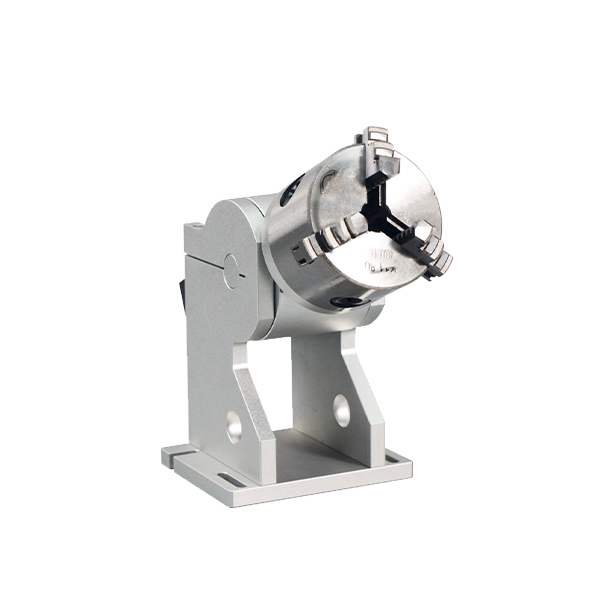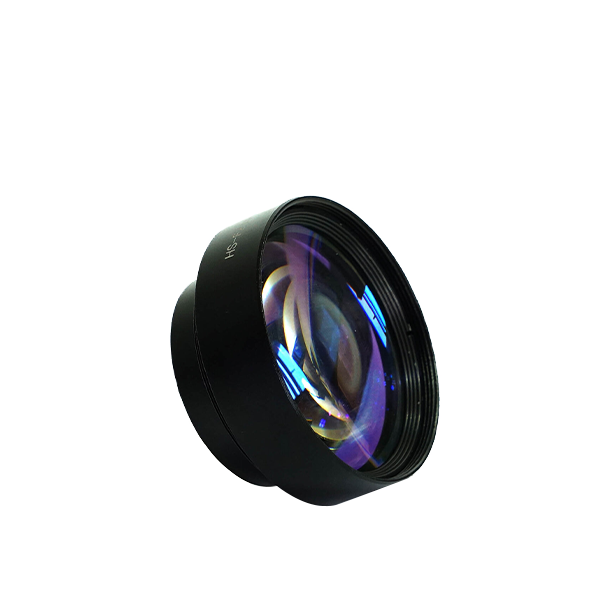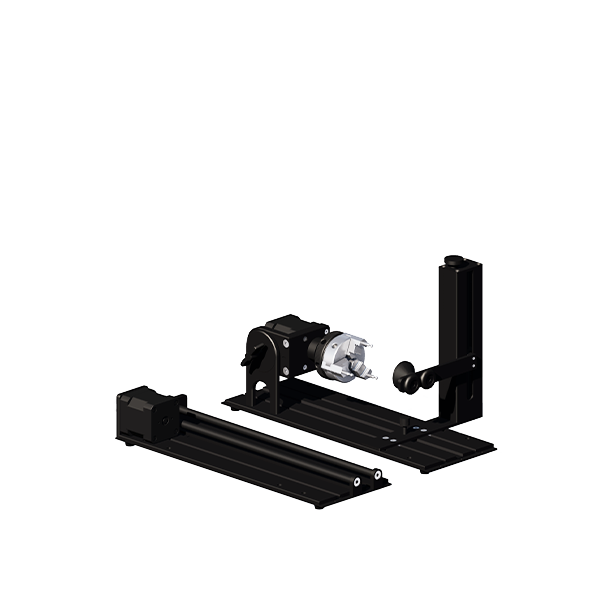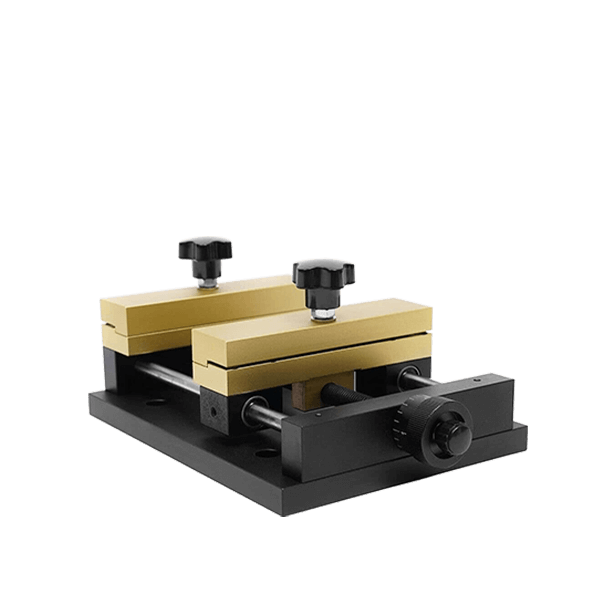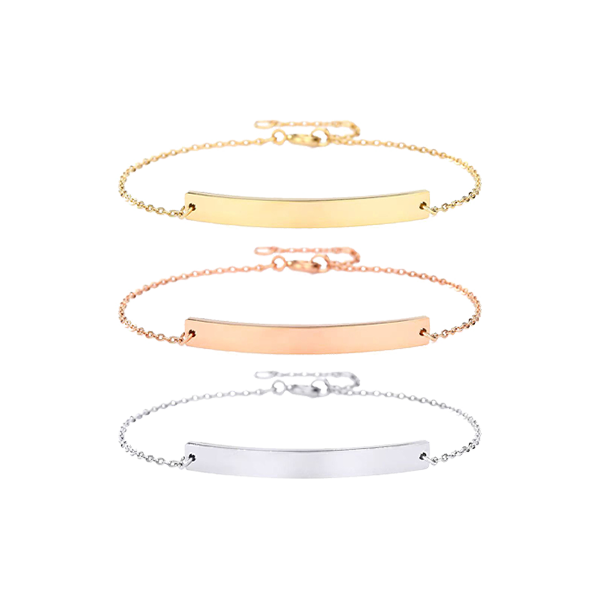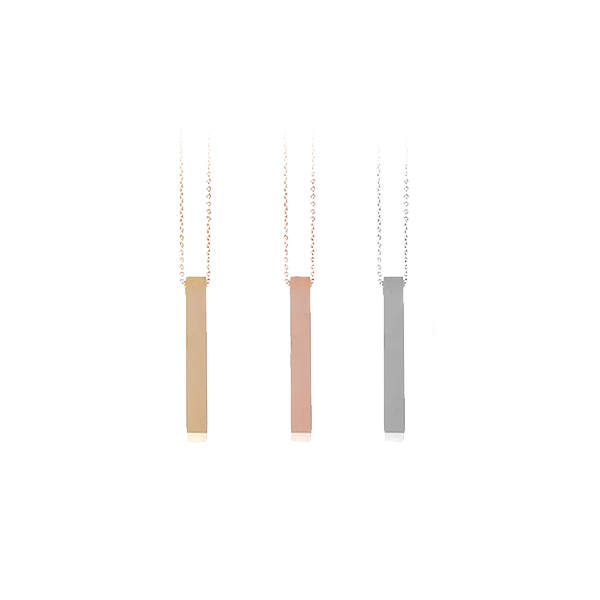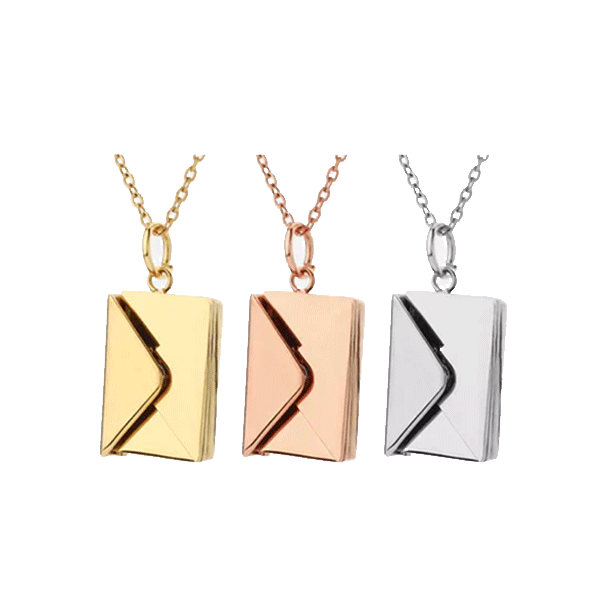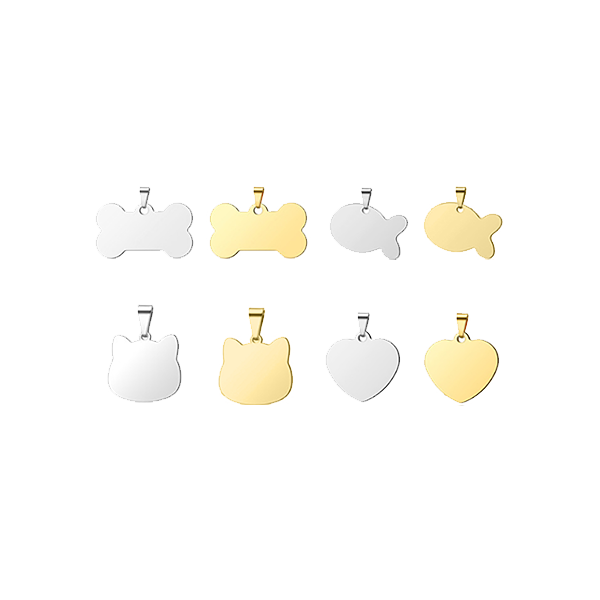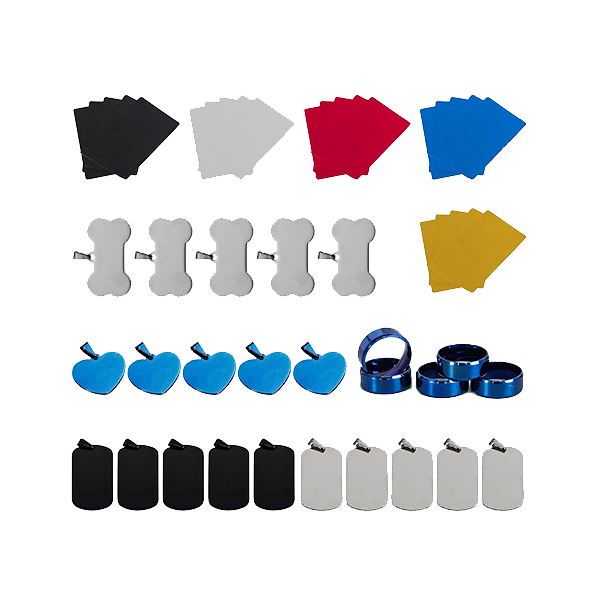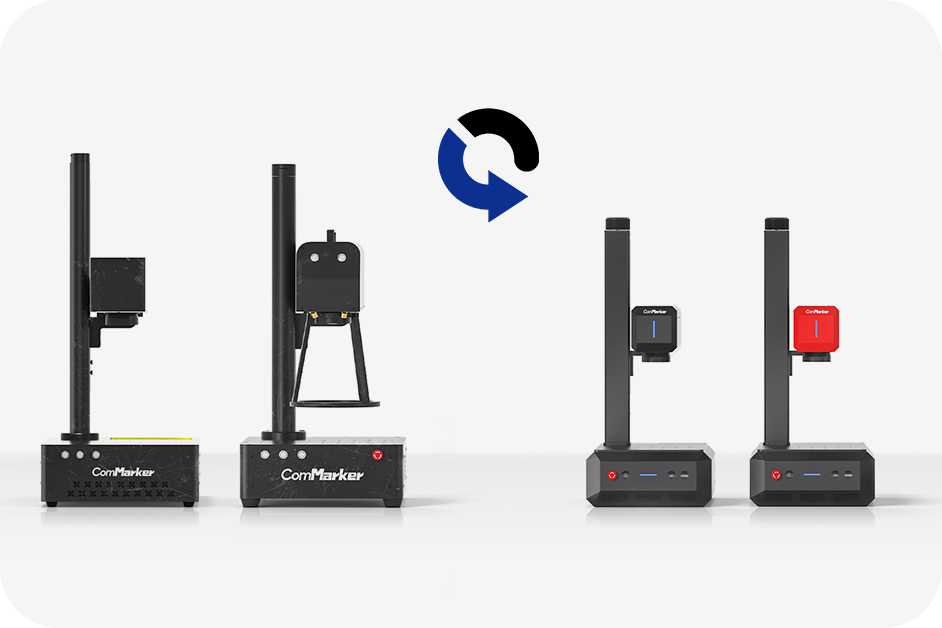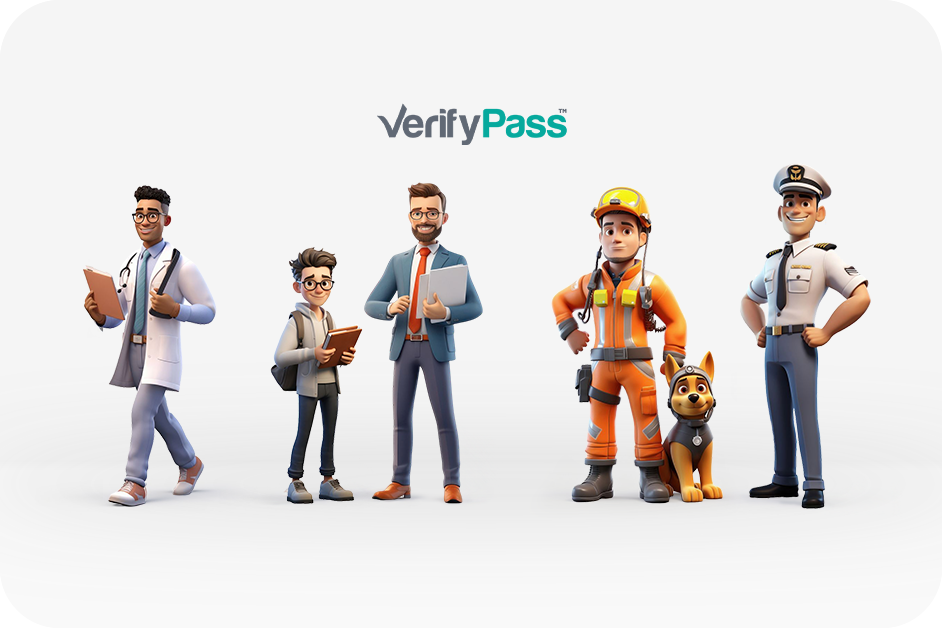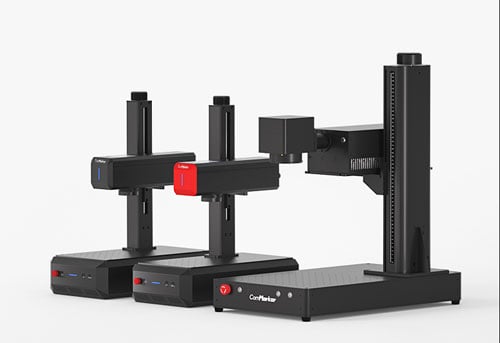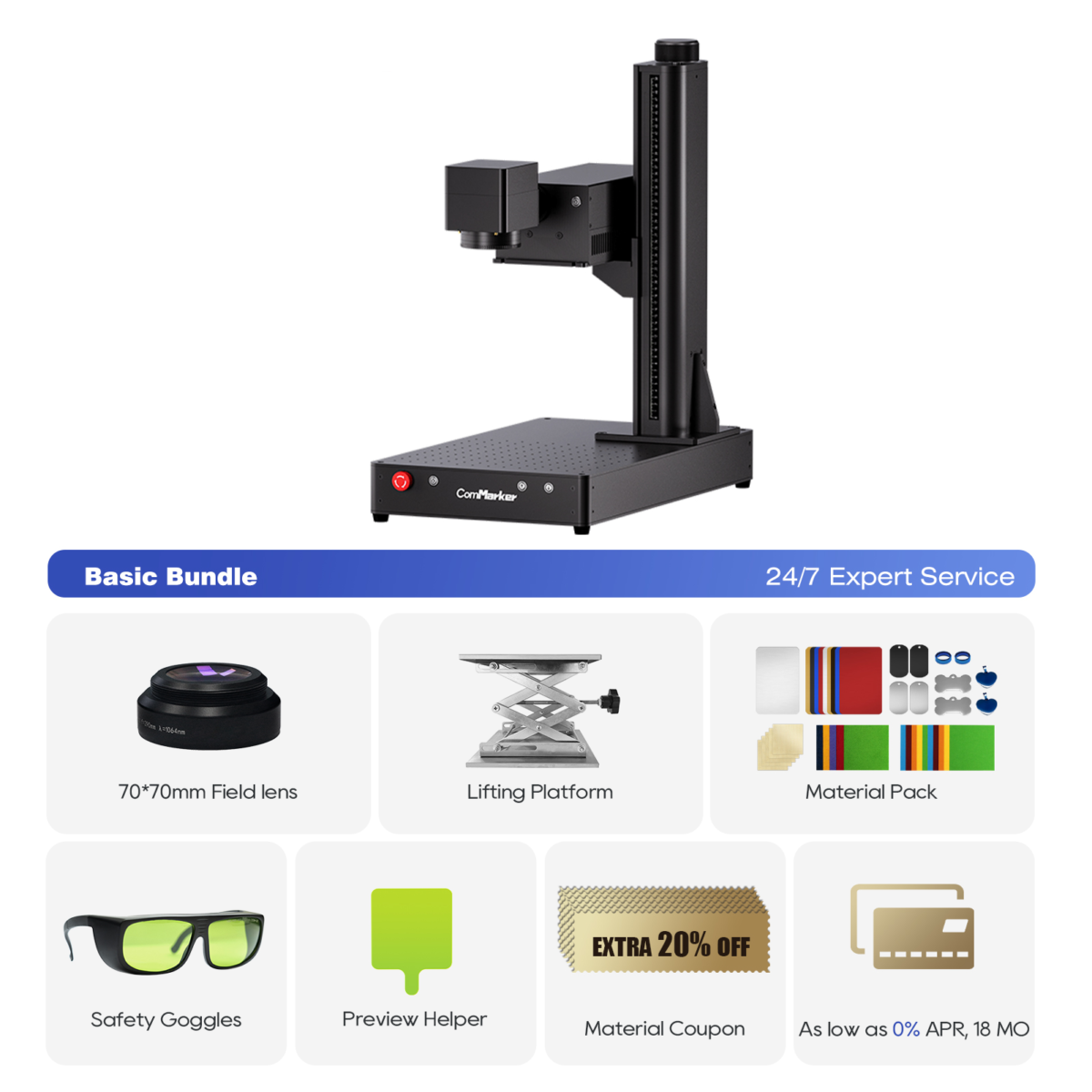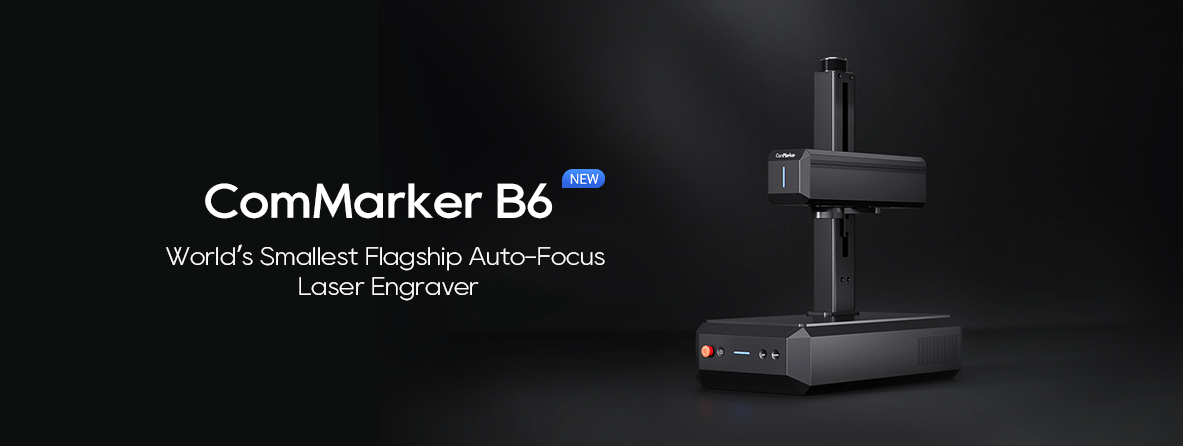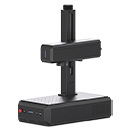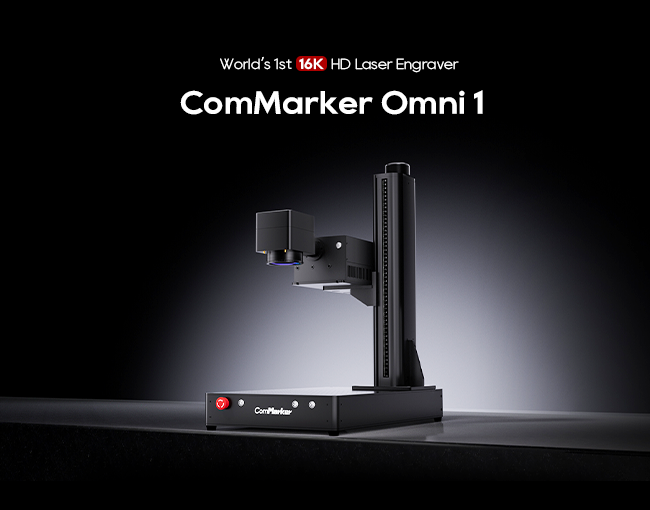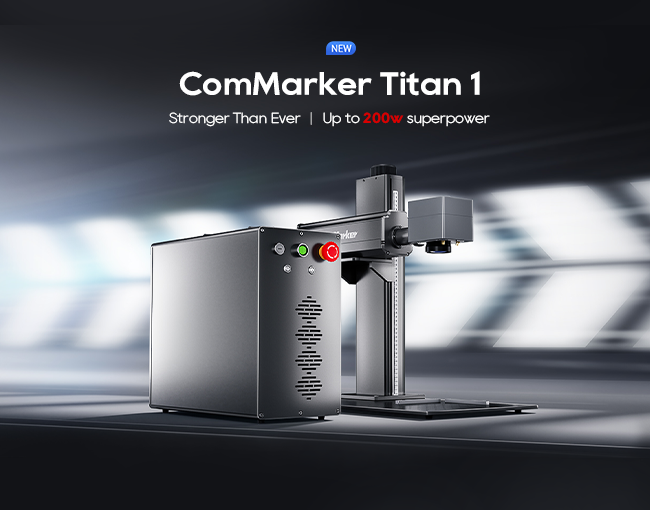1.1 What is a Laser Engraving Machine?
A laser engraving machine is a tool that uses a highly focused laser beam to etch or mark designs on a variety of materials. Unlike traditional engraving methods, laser engraving is non-contact, which means it does not physically touch the material during the process. This technology enables the creation of intricate and precise designs, ranging from detailed artwork to functional markings like serial numbers and QR codes.
1.2 Why Laser Engraving Machines Matter in 2025
In 2025, laser engraving machines have become essential in numerous industries due to their remarkable precision, speed, and versatility. With the growing demand for personalized products, high-quality industrial marking, and innovative design solutions, investing in a laser engraving machine is more relevant than ever. Whether you’re a creative entrepreneur, a small business owner, or a large-scale manufacturer, understanding the capabilities of these machines is crucial for achieving competitive advantage and operational excellence.
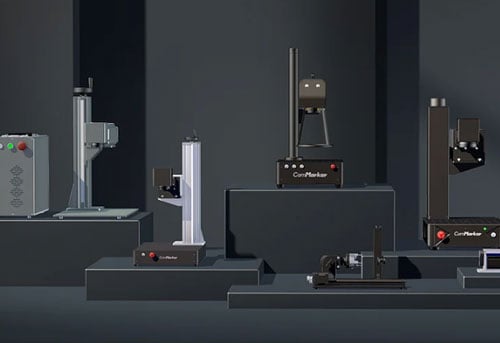
2. History and Evolution of Laser Engraving Machines
2.1 Early Innovations and Developments
The concept of laser engraving emerged in the 1960s with the development of laser technology. Initially, lasers were primarily used for scientific research and industrial cutting. Over time, as technology improved and costs decreased, laser engraving evolved into a viable tool for producing detailed and permanent markings on various materials. Early machines were bulky and expensive, limiting their accessibility to large corporations and research institutions.
2.2 Technological Breakthroughs Over the Years
Over the decades, several breakthroughs have significantly enhanced the capabilities of laser engraving machines:
- Advances in Laser Sources: The transition from continuous-wave to pulsed lasers allowed for greater control over engraving depth and precision.
- Introduction of CO₂ and Fiber Lasers: These lasers brought increased power and efficiency, making it possible to engrave on a wide range of materials, from softwoods to hard metals.
- Improved Software Integration: The advent of user-friendly software such as LightBurn and EZCad2 has simplified the design-to-production process, making laser engraving more accessible to hobbyists and small businesses.
2.3 The Modern Laser Engraving Machine: Key Milestones
Today’s laser engraving machines, like those offered by ComMarker, are the result of years of innovation and refinement. Modern systems feature:
- High-Resolution Engraving: Capable of achieving micron-level precision (up to 0.001mm), ensuring every detail is rendered accurately.
- Compact and Robust Designs: Suitable for both desktop and industrial applications.
- Versatile Functionality: Able to work on a diverse array of materials, from wood and acrylic to metals and plastics.
- Smart Technology Integration: Incorporating AI, real-time monitoring, and advanced calibration systems for enhanced performance.
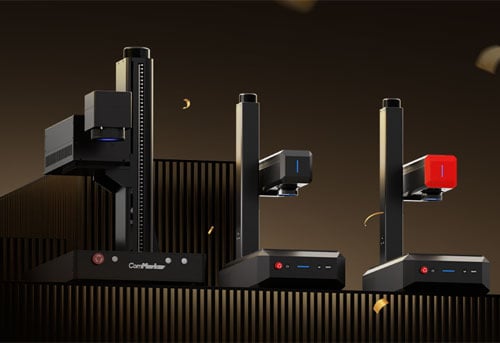
3. Types of Laser Engraving Machines
Understanding the different types of laser engraving machines is crucial for choosing the right tool for your needs.
3.1 CO₂ Laser Engraving Machines
CO₂ lasers are one of the most commonly used types of laser engravers. They operate at a wavelength of 10.6µm, making them excellent for cutting and engraving non-metal materials such as wood, leather, acrylic, and glass. Their ability to produce smooth, clean cuts makes them popular in craft and design applications. However, they are less effective on metals unless the material is pre-treated.
3.2 Fiber Laser Engraving Machines
Fiber lasers utilize optical fibers doped with rare-earth elements to generate a laser beam, typically operating at 1064nm. Fiber laser machines are known for their high power, excellent beam quality, and precision—making them ideal for metal engraving. They offer deep, permanent markings on stainless steel, aluminum, brass, and other metals. Although they tend to have a higher upfront cost, their efficiency and longevity often result in a superior return on investment, particularly in industrial applications.
3.3 Diode and UV Laser Engraving Machines
Diode lasers are smaller, lower-powered systems often used for hobbyist applications. They are generally more affordable but may lack the precision and power required for industrial-scale work.
UV lasers, on the other hand, operate at a much shorter wavelength (around 355nm), making them extremely effective for detailed engraving on delicate materials. They are commonly used for applications where precision is paramount and thermal impact needs to be minimized.
3.4 Hybrid Laser Engraving Systems
Hybrid systems combine the best features of different laser types. They can switch between various laser sources, allowing for greater versatility and adaptability across different materials. These systems are ideal for businesses that require a single machine to handle a wide range of engraving tasks.

4. Key Features to Consider When Choosing a Laser Engraving Machine
When selecting a laser engraving machine, there are several critical factors to consider:
4.1 Laser Power and Wattage
- Power Output: The wattage of the laser determines its ability to cut and engrave. Higher wattage lasers can engrave deeper and work faster, but they might also increase energy consumption and cost.
- Application-Specific Needs: For example, engraving delicate materials may require lower power settings, while industrial metal engraving demands higher power for robust results.
4.2 Engraving Speed and Accuracy
- Speed: Engraving speed, measured in mm/sec, affects production efficiency. A machine with higher speed capabilities can process orders more quickly.
- Accuracy: Precision is critical, especially for intricate designs. Look for machines that offer micron-level accuracy (e.g., up to 0.001mm) to ensure every detail is perfect.
4.3 Work Area and Material Compatibility
- Work Area: Ensure the engraving machine’s work area is large enough for your projects. Smaller desktop models are ideal for personalized gifts and prototypes, while larger industrial machines suit high-volume production.
- Material Versatility: The best laser engraving machines can handle a wide range of materials, from metals and plastics to wood and leather.
4.4 Software Integration and Usability
- User Interface: The machine should come with intuitive software that simplifies design, calibration, and engraving processes.
- Compatibility: Ensure the machine supports popular design software like LightBurn, EZCad2, or Adobe Illustrator for maximum flexibility and control.
4.5 Cost, Maintenance, and Durability
- Budget: Evaluate the total cost of ownership, including the initial investment, operational costs, and potential ROI.
- Maintenance: A machine with low maintenance requirements saves time and reduces downtime.
- Durability: Look for machines built with robust, industrial-grade components to ensure long-term reliability.

5. Industry Applications and Use Cases
Laser engraving machines have broad applications across many industries. Here are some key areas where they make a significant impact:
5.1 Personalized Gifts and Custom Art
Laser engraving is perfect for creating unique, personalized products such as custom jewelry, engraved home décor, and one-of-a-kind art pieces. The precision of modern laser engraving machines allows for intricate designs that add a personal touch to every item.
5.2 Automotive and Industrial Marking
In the automotive industry, laser engraving is essential for marking car parts with serial numbers, VINs, and quality control codes. The durability of laser-engraved markings ensures that critical information remains intact despite harsh operating conditions.
5.3 Wood, Metal, and Composite Materials
From engraving on metal for branding and traceability to creating decorative patterns on wood for custom furniture, laser engraving machines provide versatile solutions for a variety of materials. Their adaptability makes them indispensable in manufacturing, craft, and design sectors.
5.4 Electronics and Medical Devices
Laser engraving is also used in high-precision applications like marking electronic components and medical devices. The ability to produce permanent, high-contrast markings helps ensure compliance with industry standards and enhances product safety.
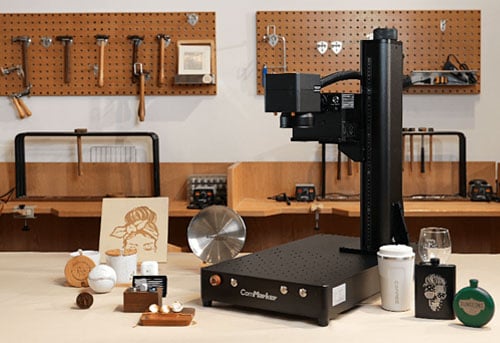
6. ComMarker Laser Engraving Machines: Product Overview and Comparison
6.1 Overview of ComMarker’s Product Line
ComMarker offers a diverse range of laser engraving machines that cater to different needs, from hobbyist-level systems to advanced industrial machines. Their products are renowned for high precision, reliability, and versatility.
6.2 Key Models: Omni 1, B6, and More
- Omni 1 Laser Engraver:
Designed for high-precision engraving on multiple materials, including wood, metal, and plastic. Ideal for small businesses and creative professionals. - B6 Laser Engraver:
Featuring advanced MOPA fiber laser technology, the B6 offers exceptional detail, making it perfect for complex designs and industrial marking. - Other Models:
ComMarker also provides other models with varying power outputs and work areas to suit different production scales and applications.
6.3 Unique Advantages of ComMarker Machines
- Precision and Detail:
ComMarker machines are engineered to deliver micron-level accuracy, ensuring that every engraving meets the highest quality standards. - Versatility:
With the ability to work on various substrates, ComMarker laser engravers provide unmatched flexibility for diverse applications. - User-Friendly:
Their intuitive software and straightforward setup procedures make these machines accessible to both beginners and experienced users. - Reliability:
Built with robust components and designed for continuous operation, ComMarker machines offer dependable performance even in demanding industrial settings.
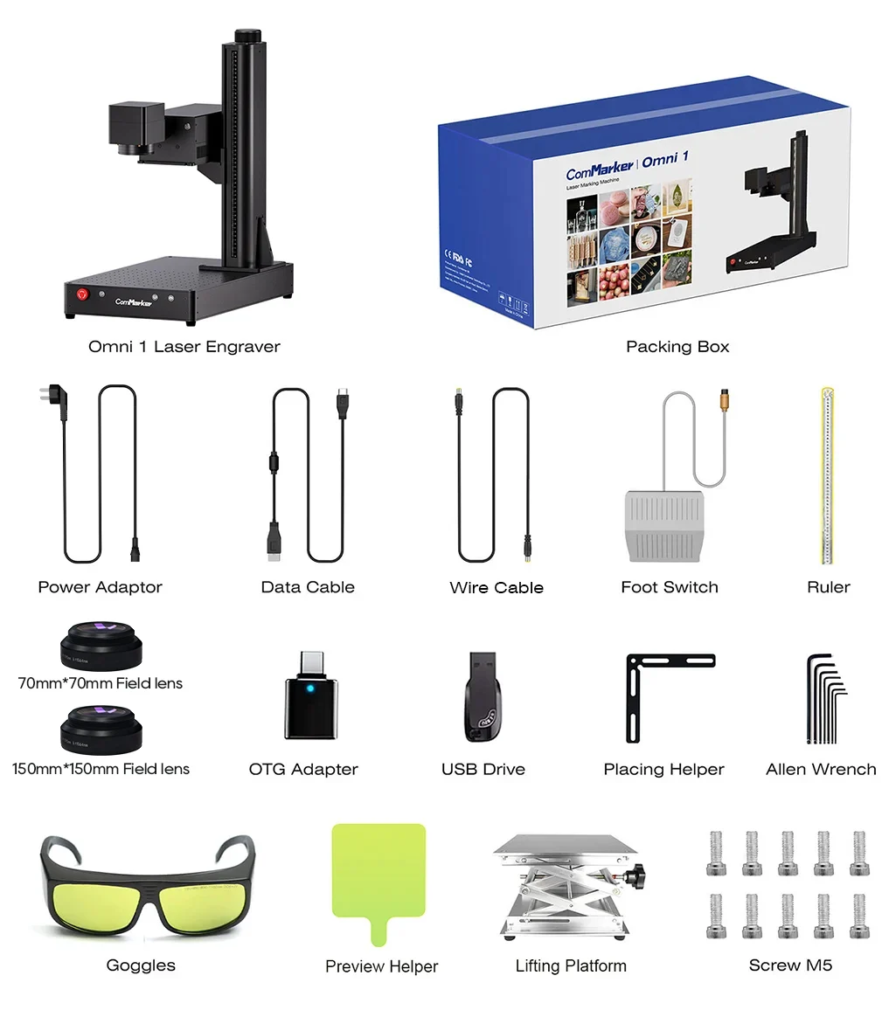
7. Step-by-Step Guide to Setting Up and Using a Laser Engraving Machine
7.1 Unboxing and Mechanical Assembly
- Unboxing:
Carefully remove all components from the packaging and verify that every part is included. - Mechanical Assembly:
Follow the detailed instructions in the user manual to securely assemble the machine. Ensure that all screws, brackets, and cables are properly connected.
7.2 Software Installation and Calibration
- Install Software:
Download and install the recommended software (e.g., LightBurn or EZCad2) on your computer. - Calibration:
Use the dual red-light focus system to calibrate the laser head accurately. This step is critical for achieving up to 0.001mm precision in your engravings.
7.3 Test Engraving and Fine-Tuning
- Initial Test Runs:
Conduct test engravings on sample materials to verify settings. - Fine-Tuning:
Adjust laser power, speed, and frequency settings based on test results. Record the optimal parameters for future reference. - Quality Check:
Inspect the test engravings for consistency, detail, and clarity. Make any necessary adjustments to ensure optimal performance.
7.4 Production Workflow and Safety Protocols
- Workflow Optimization:
Develop a systematic process for engraving production that includes design, calibration, engraving, and post-processing steps. - Safety Measures:
Always wear appropriate safety gear and ensure that the workspace is well-ventilated and free from hazards. - Contingency Planning:
Prepare for potential issues such as power outages or material shortages by keeping spare parts and additional materials on hand.
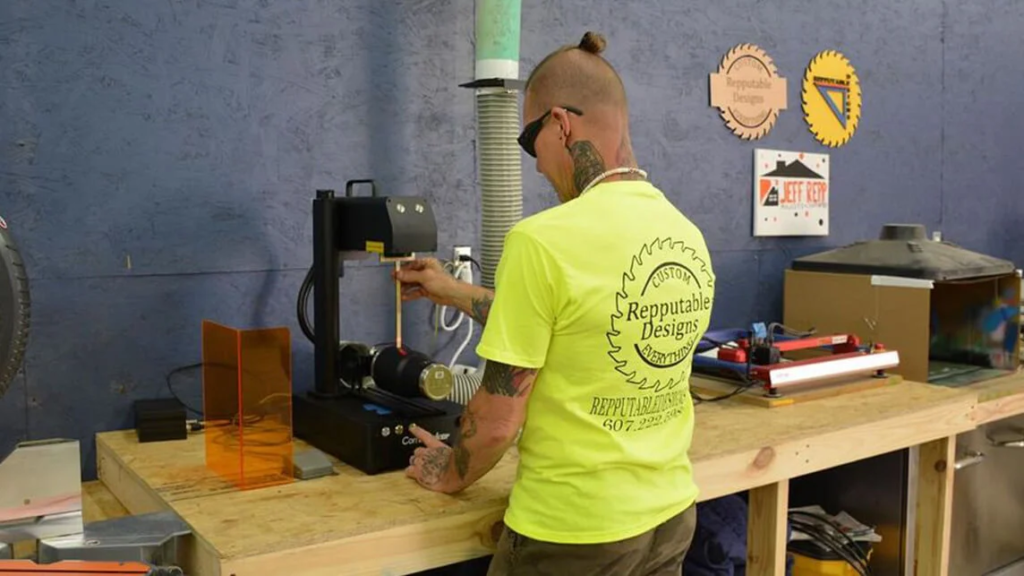
8. Maintenance, Troubleshooting, and Best Practices
8.1 Daily and Periodic Maintenance
- Daily Cleaning:
Clean the laser lens, mirrors, and work area after each session to maintain optimal performance. - Periodic Calibration:
Regularly recalibrate your machine to ensure it continues to operate at peak precision. - Lubrication and Inspection:
Check moving parts for wear and lubricate as recommended by the manufacturer.
8.2 Troubleshooting Common Issues
- Focus Problems:
If the engravings lack clarity, recheck the dual red-light focus alignment and recalibrate as needed. - Inconsistent Engraving:
Verify that your laser power, speed, and frequency settings are consistent across test runs. - Software Glitches:
Ensure that you’re using the latest software version and that all drivers are up to date.
8.3 Operational Best Practices
- Document Your Settings:
Keep a log of your calibration settings and test results for each material. This documentation helps streamline future projects. - Continuous Learning:
Stay informed about the latest techniques and updates in laser engraving technology through webinars, forums, and industry publications. - Engage with Support:
Leverage ComMarker’s customer support resources for troubleshooting and advice.
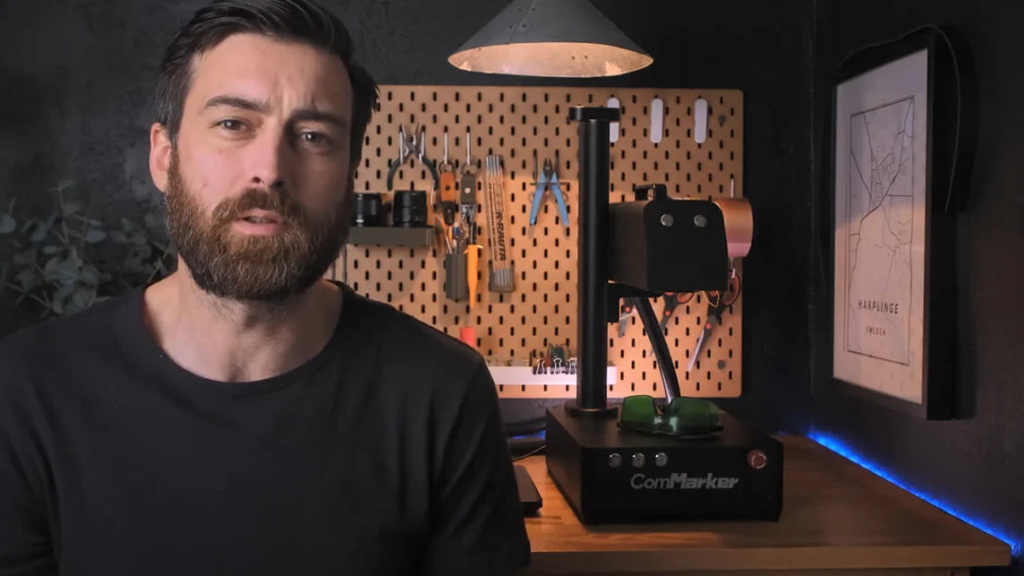
9. Future Trends and Innovations in Laser Engraving Technology
9.1 Smart Manufacturing and AI Integration
The next wave of laser engraving machines will feature AI-driven calibration and real-time monitoring, further improving precision and reducing downtime. These innovations will integrate seamlessly with smart manufacturing systems and IoT devices, enabling predictive maintenance and automated quality control.
9.2 Advances in Laser Cooling and Energy Efficiency
New cooling technologies and more energy-efficient lasers will allow for higher power settings without compromising material integrity. This will reduce operational costs and support sustainable manufacturing practices.
9.3 Expanding Material Compatibility
Future laser engraving machines will support an even broader range of materials, opening up new possibilities for customization in industries such as medical devices, aerospace, and consumer electronics.
9.4 Market Projections
Industry forecasts predict that the global market for laser engraving machines will continue to grow at a robust rate. As personalization and automation become more prevalent, businesses that invest in advanced laser engraving technology—like those offered by ComMarker—are poised to gain a competitive edge.
ComMarker Omni 1 Laser Engraver
Next Generation Laser to Unlock All Materials. ZeroBurn™ Engraving Technology World’s 1st 16K HD Laser Engraver 10,000mm/s SpeedMax™ Engraving System Unlock all material with UV Laser ColdFront™ Thermal Technology Electric Lifting with 2 Optional Lenses Compatible with EZCAD and LightBurn 360°Rotary Engraving System
10. Final Recommendations
10.1 Key Takeaways
Laser engraving machines are essential tools for modern manufacturing and creative industries. The ComMarker line of laser engraving machines stands out for its precision, versatility, and reliability. From personalized gifts and custom art to automotive and industrial applications, these machines offer a wide range of benefits, including:
- High precision (up to 0.001mm)
- Versatility across multiple materials
- Fast and efficient production speeds
- User-friendly software integration
- Robust design for continuous operation
10.2 Final Recommendations
If you’re considering investing in a laser engraving machine to boost your production or creativity, ComMarker’s advanced solutions offer unparalleled performance and value. Evaluate your specific needs—whether it’s small-scale customization or industrial-grade marking—and choose a model that aligns with your production volume and material requirements. Remember, regular calibration and maintenance are key to maximizing the lifespan and performance of your machine.
10.3 Next Steps
- Explore ComMarker’s Product Range: Visit ComMarker.com to review our full line of laser engraving machines and find the model that best fits your needs.
- Download User Guides: Access our detailed user manuals and technical support resources to help you get started and maintain optimal performance.
- Connect with Our Experts: Contact our sales and support team at support@commarker.com for personalized recommendations and assistance.
By embracing the latest in laser engraving technology, you can transform your production process, boost product quality, and drive significant growth in your business. Invest in a ComMarker laser engraving machine today and join the forefront of precision manufacturing and creative innovation.




